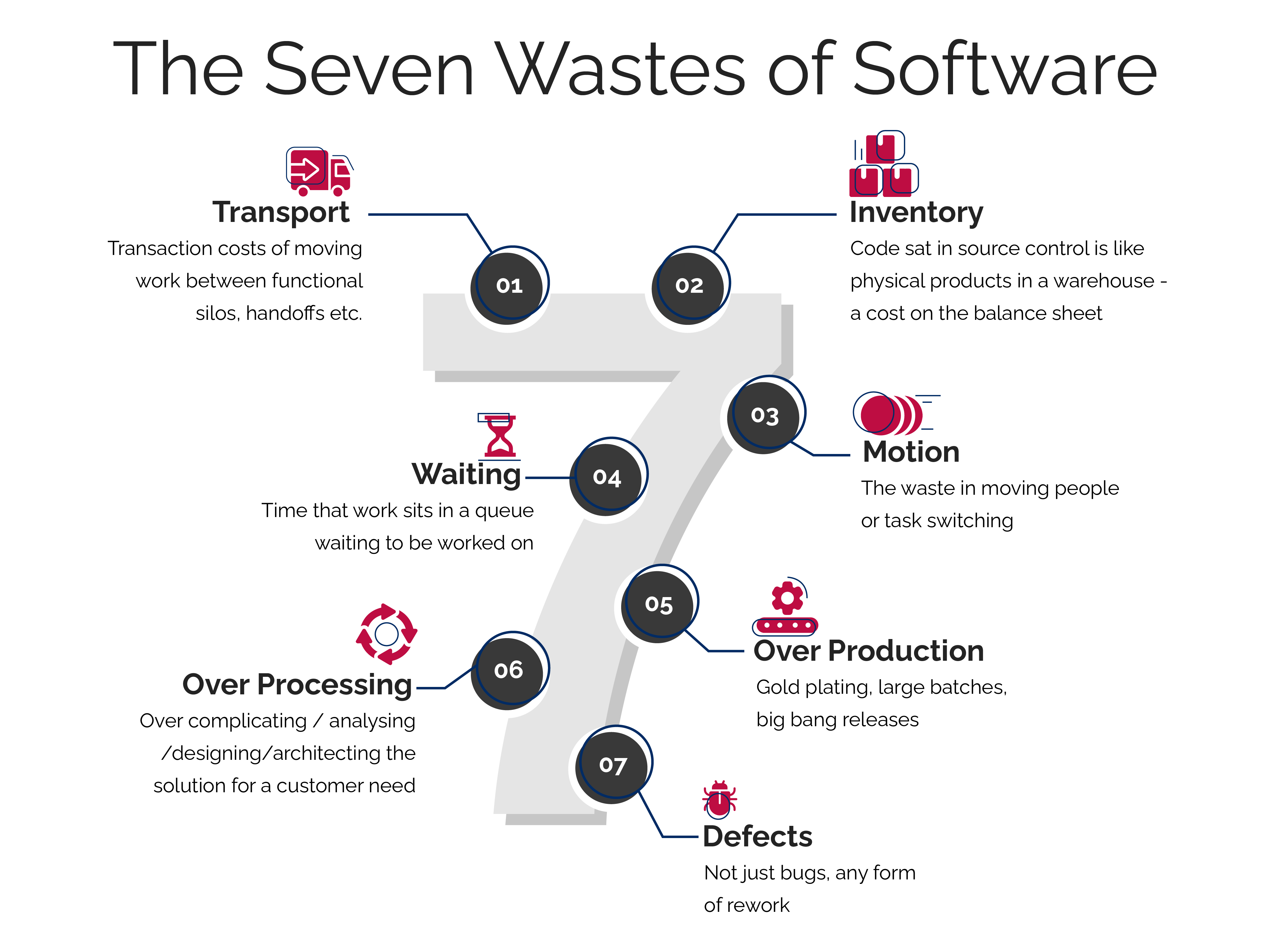Achieve the critical mass that generates a strong tailwind. Make it easy to keep up with the demand.
Plan for growth, auto-scale is not a myth
At Caizin, we believe that the distance between the user and buyer is reducing every year.
More and more products are moving to cloud-first and strengthening their identity as a SaaS business. They constantly are enabling levers for exponential growth by removing all friction in the customer's purchase journey.
We believe that the product shall be the protagonist in each part of the user's journey. From creating top-of-the-funnel demand through user-driven virality, guiding users through their activation and engagement journeys, or taking the first steps in an assisted sale, the product is the lead actor, and salespeople, marketers, and engineers are the supporting cast.
This is not only an enabler of the product market fit but also fuels the Product-Led Growth Flywheel.
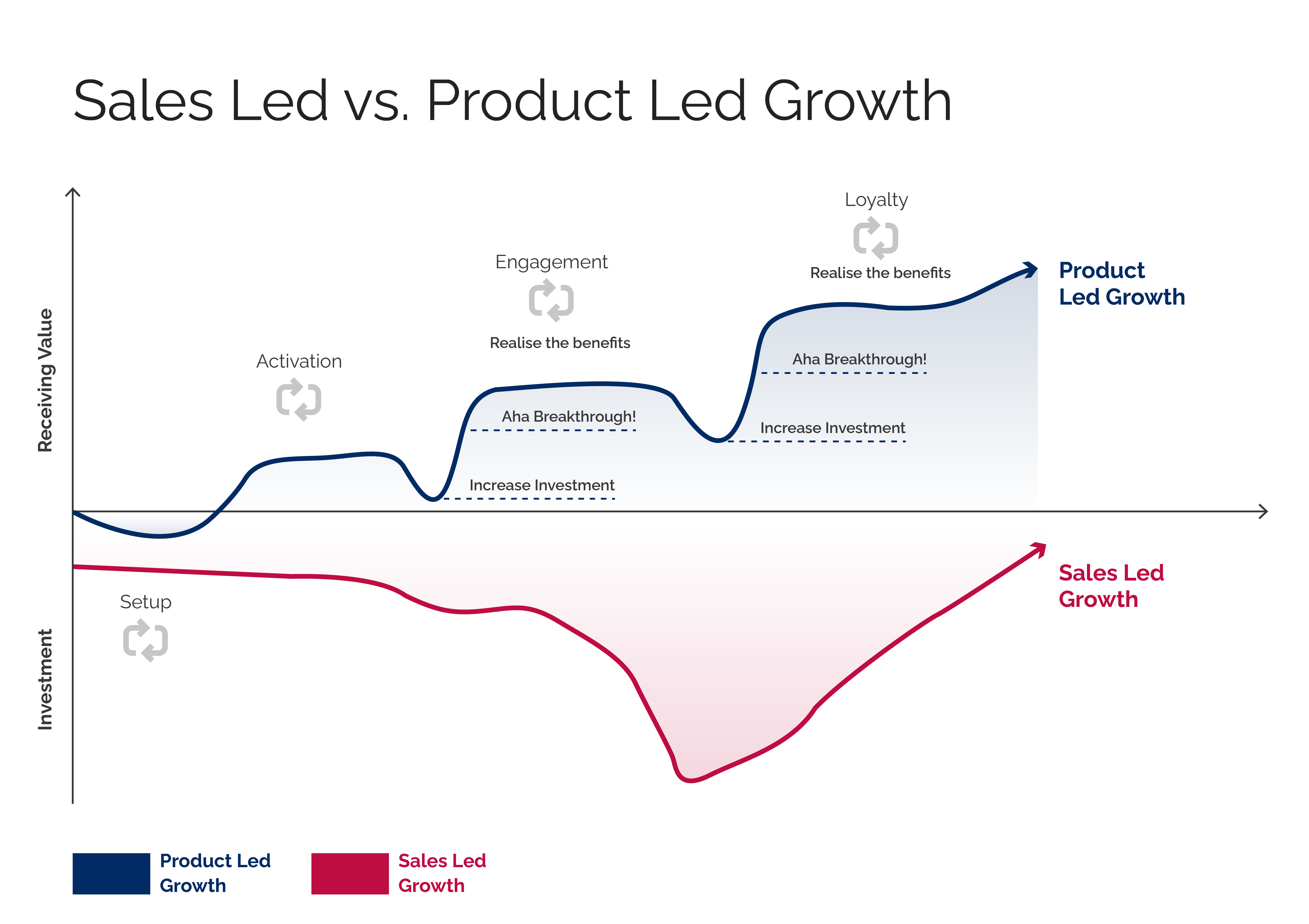
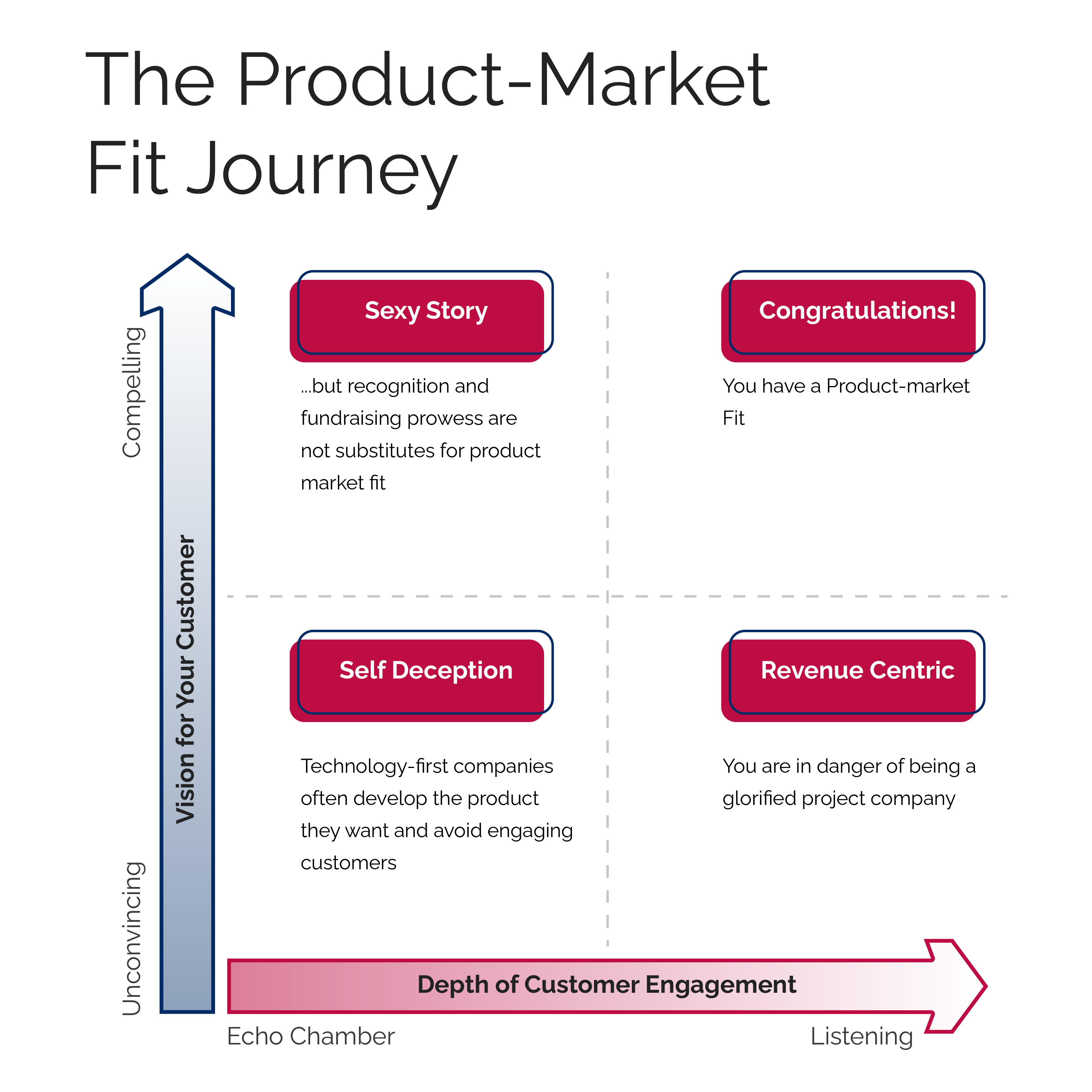
Expect the conflagration; it is an excellent problem to have
At Caizin, we believe that just before the product is market fit, all the vital customer feedback, rush features, firefights, and pivots are the actual test of a product team and business.
On the road towards product market fit, the closer one gets to the “feeling” of product market fit, the more challenging it becomes to balance all the moving parts of execution. From funding, sales, marketing, customers, customer success, and technology. Multiple triggers and forces work together, creating competing priorities within the team. Every choice made at this time is tangible and costly.
We believe that prioritizing the scaling of execution, support systems, and customer, sales, and marketing enablement still holds a good priority. At the same time, ensuring that we do not fall into the trap of building features that just 1-2 customers want for closing a sale. We constantly engage with target customers on product advocacy and problem/solution validation.
Empower teams for effectiveness
At Caizin, we believe that Product & Engineering teams and functions shall no longer be considered cost centers.
Instead, product and engineering teams shall be empowered and regularly restructured to avoid Conway’s law becoming an undesired reality in the overall organization dynamics.
Organizations that design systems are constrained to produce designs that are copies of the communication structures of these organizations. - Conway, 1967.
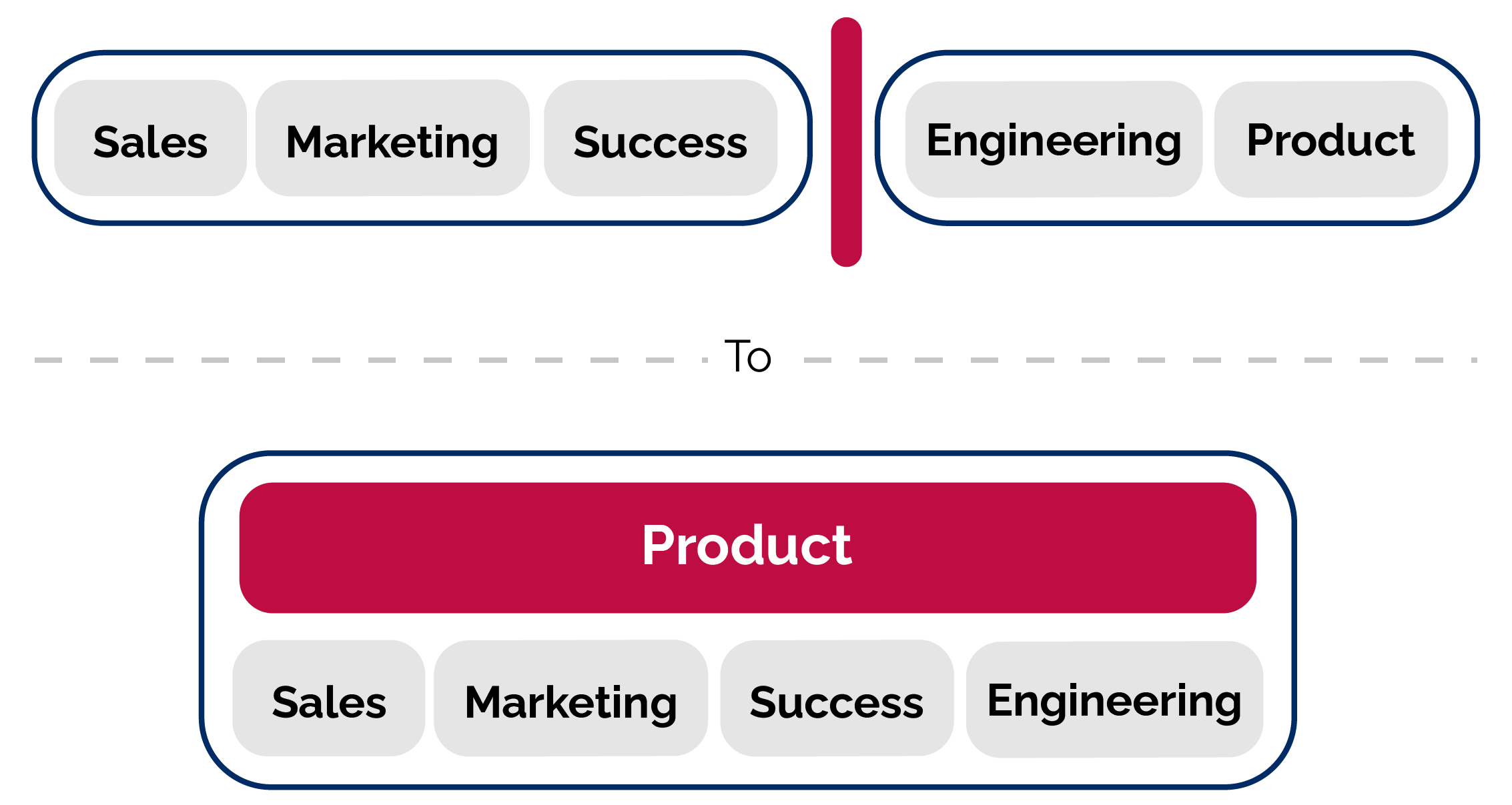
Business stakeholders and partners with Caizin are inclined to:
-
Design decision-making principles in favour of the customer experience of the product or service.
-
Merging the digital and physical experiences across the organization, activities, and customer journey so that measurement and reporting become open within the organization.
- Making transparency the default way of working where communication channels are carefully designed to avoid silos and making data win more often than less.
-
Stay patient, curious, and open to change since the world around us, macroeconomic factors, customer needs, and market dynamics change all the time.
- Building an experience with lasting value for the customers and engineers alike

Highly empowered teams create a work culture that delivers benefits to the product, service, customers, and organization in many ways:
-
Information flows naturally between functions/groups/teams, keeping everyone on the same page
-
Process and architecture are informed by team structure, ensuring every function can do its job best without impediments, dependencies, and friction.
-
Teams have a holistic view of the organization giving them more insights into performing on their own goals, as aligned with the product and organization’s goals.
-
Team members are informed and develop the ability to support the organization without many layers of trickle-down communication.
-
Teams produce better software through a more direct understanding of needs, release faster with lesser bugs, and rarely the work undergoes rework
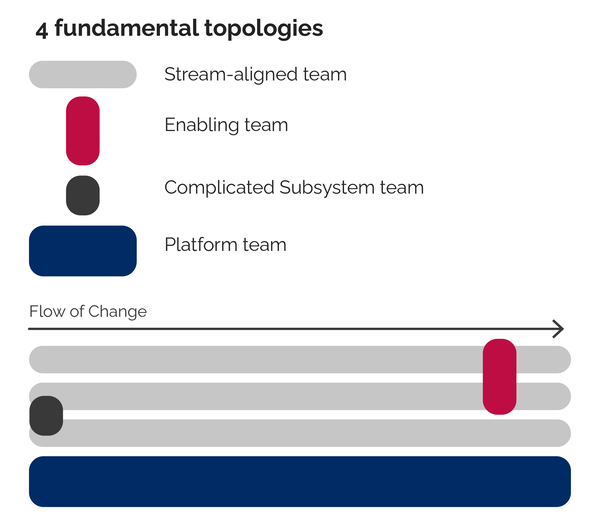
Drain the swamp
At Caizin, we believe in processes and practices that reduce ‘waste’ rather than increase it.
-
Non-value-adding work (Japanese: Muda)
-
Overburden (Japanese: Muri)
-
Unevenness/ un-smooth flow (Japanese: Mura)
Following lean principles and eliminating waste is valuable during the initial / MVP stages and becomes quite essential during the entire journey of the product - to product market fit and beyond.
Without a continuous mindset of agility and reducing/eliminating waste, even the best startups often lack innovative solutions, long development cycle times, many redevelopment cycles, and high development costs.
To let product teams contribute to the organization's bottom line, organizations shall allow for:
-
Saying no to unnecessary features: anything considered as good-to-have or can wait until phase-two product release. For example - notification, customization, and advanced setting. No matter how many customers are out there, idea validation through a bare-bone feature release is a good idea, pretty much constantly.
-
Reducing unnecessary process: There’s always specific approval, and verification can be bypassed if we wisely manage team & stakeholder expectations; the core team should have autonomy on low-risk decisions.
-
Prevent unnecessary waiting: If team members can collaborate quickly, we shouldn’t wait. While co-location of teams could be the most obvious choice, investing in communication, asynchronous updates, shorter meeting, chat channels than emails, and identifying anything that slows people down in the retros will keep the waiting away.
-
Disallow unnecessary bureaucracy: common issues are too many cooks in the kitchen or design by a committee. A clear responsibility matrix with regular feedback cycles around judgment and a sense of urgency will do the trick in place of reinforcing hierarchical decision-making processes.
-
Discourage unnecessary documentation: for example, progress report. If something is so essential, not only shall it be visible to the whole team, but also more than one person in the team shall be able to do it. If automation, automated reports, or getting into the documentation portal can get answers - we shall foster a culture of information democracy than formal reporting.
